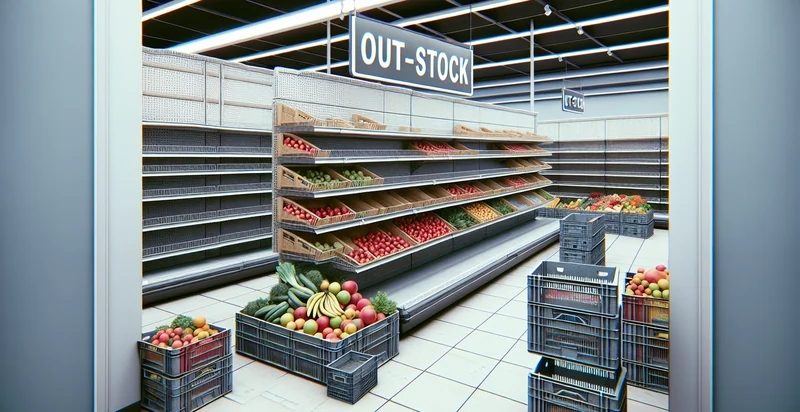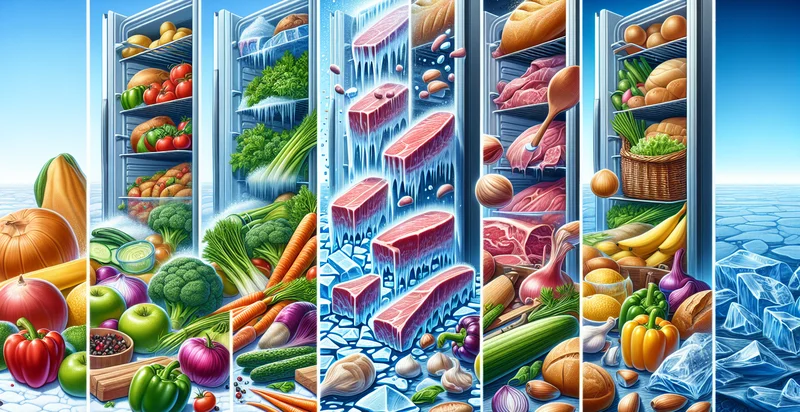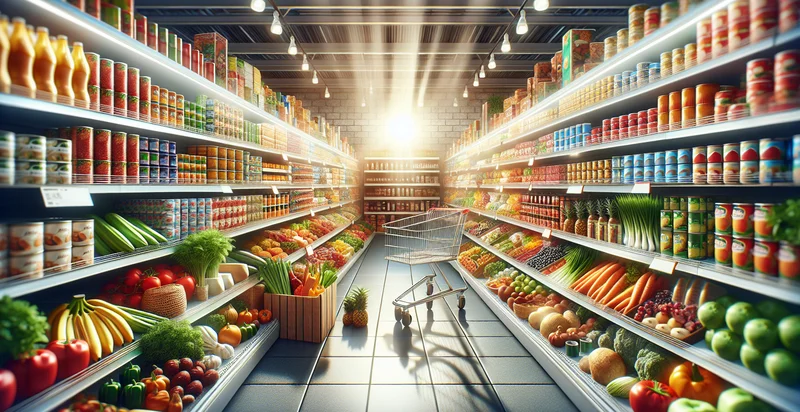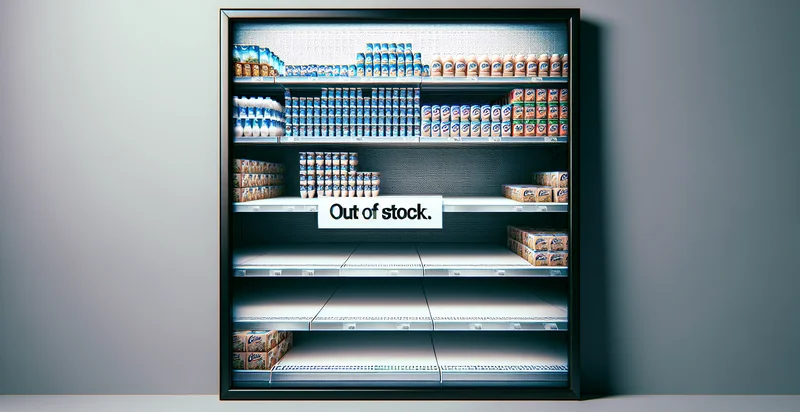Identify if food is out-of-stock
using AI
Below is a free classifier to identify if food is out-of-stock. Just upload your image, and our AI will predict if food is out-of-stock - in just seconds.

Contact us for API access
Or, use Nyckel to build highly-accurate custom classifiers in just minutes. No PhD required.
Get started
import nyckel
credentials = nyckel.Credentials("YOUR_CLIENT_ID", "YOUR_CLIENT_SECRET")
nyckel.invoke("if-food-is-out-of-stock", "your_image_url", credentials)
fetch('https://www.nyckel.com/v1/functions/if-food-is-out-of-stock/invoke', {
method: 'POST',
headers: {
'Authorization': 'Bearer ' + 'YOUR_BEARER_TOKEN',
'Content-Type': 'application/json',
},
body: JSON.stringify(
{"data": "your_image_url"}
)
})
.then(response => response.json())
.then(data => console.log(data));
curl -X POST \
-H "Content-Type: application/json" \
-H "Authorization: Bearer YOUR_BEARER_TOKEN" \
-d '{"data": "your_image_url"}' \
https://www.nyckel.com/v1/functions/if-food-is-out-of-stock/invoke
How this classifier works
To start, upload your image. Our AI tool will then predict if food is out-of-stock.
This pretrained image model uses a Nyckel-created dataset and has 2 labels, including In Stock and Out Of Stock.
We'll also show a confidence score (the higher the number, the more confident the AI model is around if food is out-of-stock).
Whether you're just curious or building if food is out-of-stock detection into your application, we hope our classifier proves helpful.
Related Classifiers
Need to identify if food is out-of-stock at scale?
Get API or Zapier access to this classifier for free. It's perfect for:
- Real-time Inventory Monitoring: This use case enables retailers to maintain accurate inventory levels by automatically identifying when food items are out of stock. By leveraging image classification technology, stores can receive immediate alerts, minimizing the risk of stockouts and ensuring customers can always find what they need.
- Supply Chain Optimization: Food manufacturers and distributors can use this function to monitor stock levels at various stages in the supply chain. By accurately identifying out-of-stock items, businesses can better forecast demand and streamline restocking processes, leading to improved efficiency and reduced waste.
- Automated Inventory Audits: Grocery stores can implement an automated system that periodically scans shelves to identify out-of-stock food items. This automation reduces the need for manual checks, saves labor costs, and ensures that inventory records are always up to date.
- Smart Ordering Systems: Restaurants can integrate this image classification function into their kitchen operations to trigger reorder alerts when food items are low or out of stock. This ensures that ingredients are replenished promptly, enabling consistent menu offerings and enhanced customer satisfaction.
- Consumer App Integration: Mobile grocery shopping apps can use this classification function to inform users about product availability in real-time. Customers can receive notifications about out-of-stock items, allowing them to adjust their shopping lists accordingly and improving their overall shopping experience.
- Shelf Management Solutions: Retailers can enhance their shelf management strategies by utilizing image classification to detect out-of-stock scenarios. This allows for more effective product placement and merchandising strategies, ensuring that popular items are always visible and available to customers.
- Fraud Prevention in Online Grocery Orders: E-commerce platforms can utilize this technology to verify that food items are in stock before completing orders. This helps prevent issues related to canceled orders due to item unavailability, thus enhancing customer trust and safeguarding the platform's reputation.


